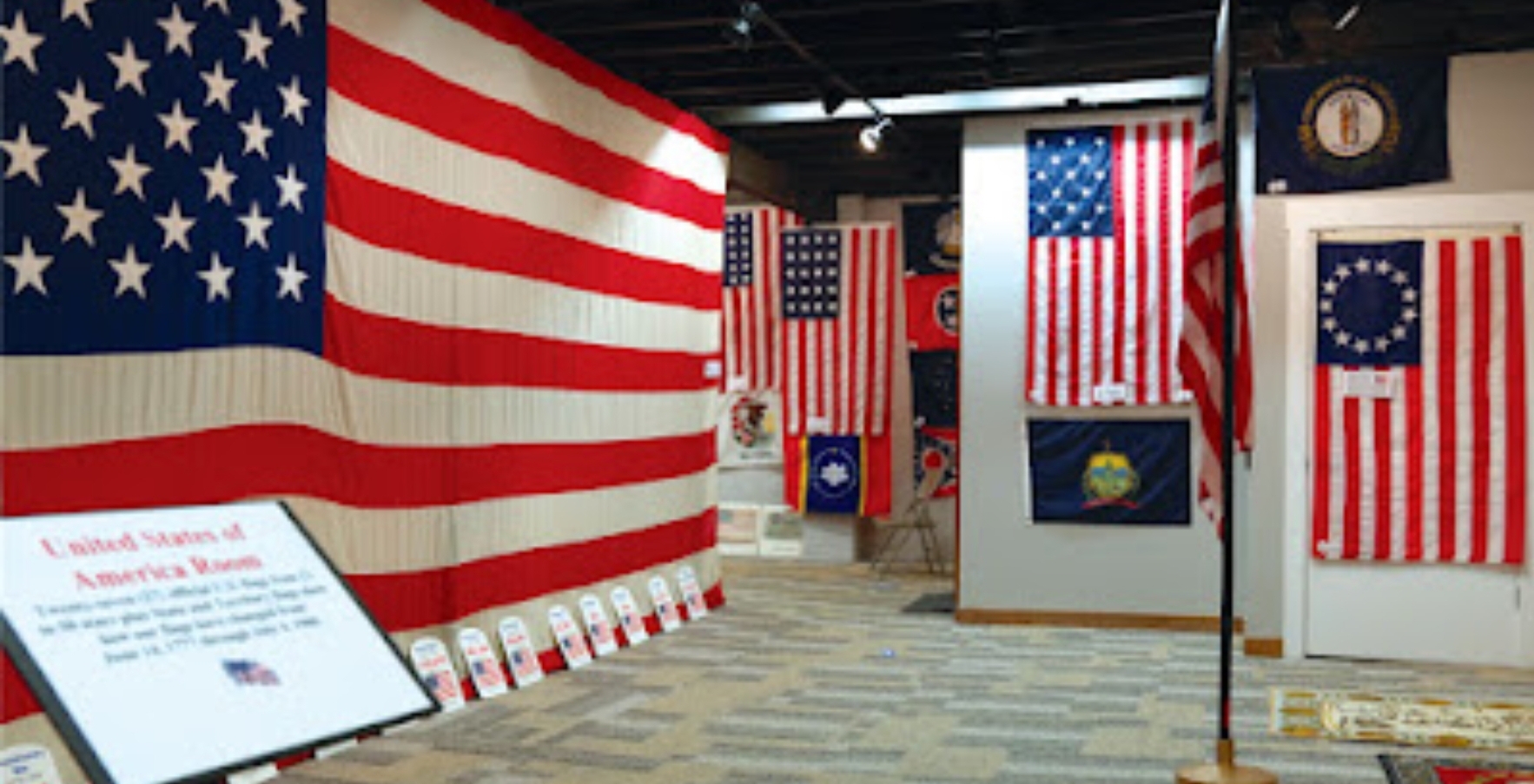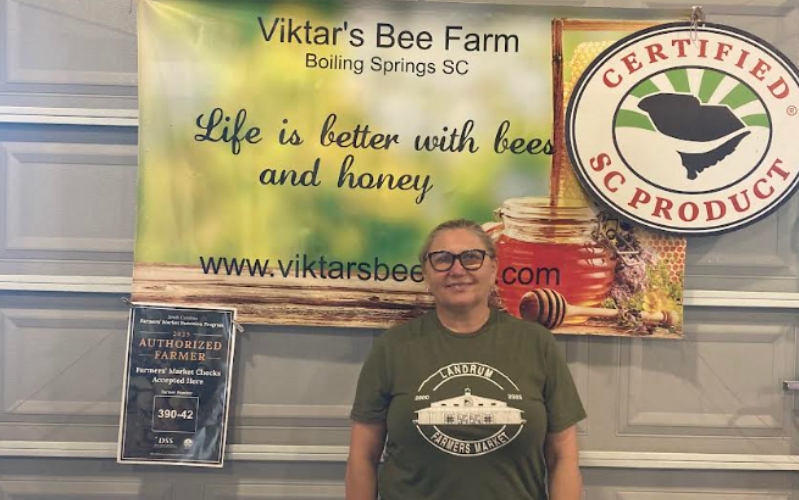For some, like John Campbell, the uncivil war never ended
Published 10:16 pm Tuesday, July 16, 2013
John (called John the younger) Campbell, second child of John Landrum and Nancy Williams Campbell, was born in 1838.
His brother, William Francis Campbell, was four years older, but both enlisted in the Confederate Army in November 1861.
John enlisted at Camp Hampton on Nov. 26 and was assigned to Company H, 16th South Carolina Infantry. William enlisted four days later and was assigned to Company A of the 16th.
William was captured at Missionary Ridge, Tenn. on Nov. 25, 1863, and sent to the hellish Rock Island, Illinois Prison Camp. He remained there until his death on Jan. 5, 1865. He is buried in Grave No. 124 in the cemetery south of the prison.
John avoided capture in a number of battles. His last recorded roll call was on Aug. 31, 1864.
He left to go home to check on his family and farm on Tugaloo Road near Gowensville. A number of fighting men were allowed to do this during the war since women and children had to run the farms.
When he arrived at the homestead, he found his house and animals had been pilfered by deserters in the area, and his wife had been molested by two of them.
He hunted the men down and killed both. (At one time during the war, there were more than 500 deserters, from both sides of the war, camping out around the old Gowensville House trading post, called Gowens Fort by some.)
The county sheriff and a deputy came to arrest John, who had packed to leave the territory, with no intention of returning to his company.
He told the sheriff that he had settled the score with the men who had molested his wife and wanted no trouble.
He intended to leave the territory and if the sheriff and deputy valued their lives, they had better “turn tail.”
The two lawmen stormed the doorway and the deputy was killed. When the sheriff ran to get help, John, his wife and small children, left immediately, intending to go to Tennessee.
Because he was now a deserter and a wanted fugitive, he never contacted the family as to his location. He simply disappeared.
Many years later, his mother’s will named “my son John’s heirs, whereabouts unknown” for a small inheritance. It was never claimed.
In the late 1960s, three descendants of John Campbell from Texas visited the Gowensville area looking for relatives, since John had indicated that this is where he was born.
They talked with the late Furman Landrum Campbell and learned of other relatives in the area.





